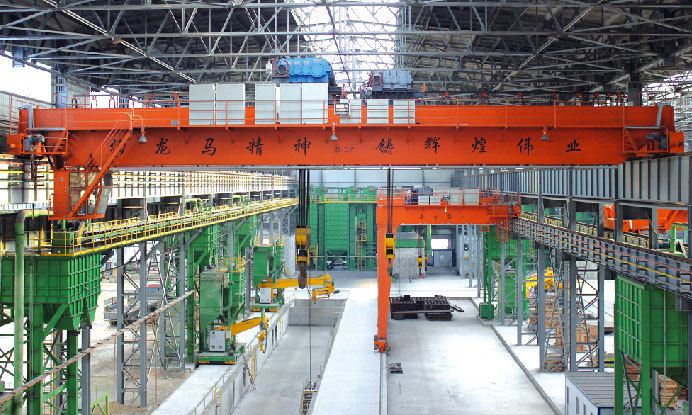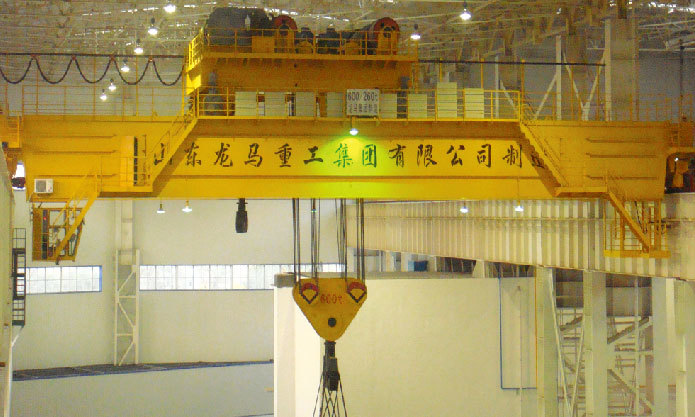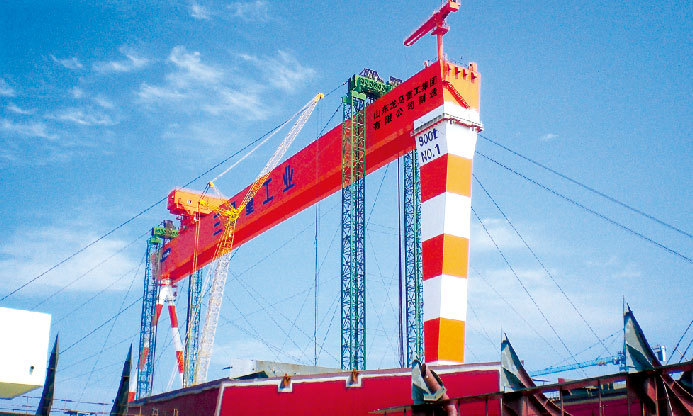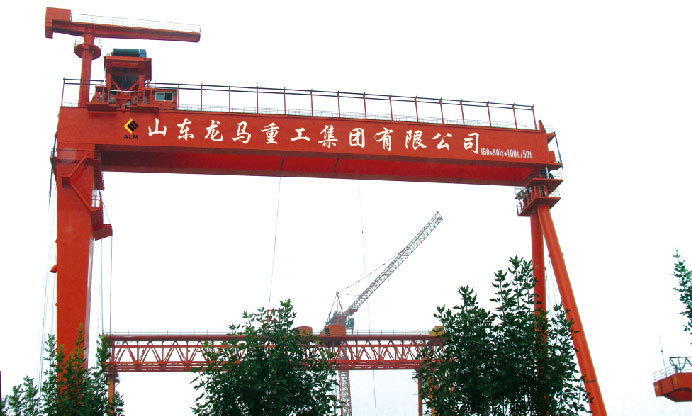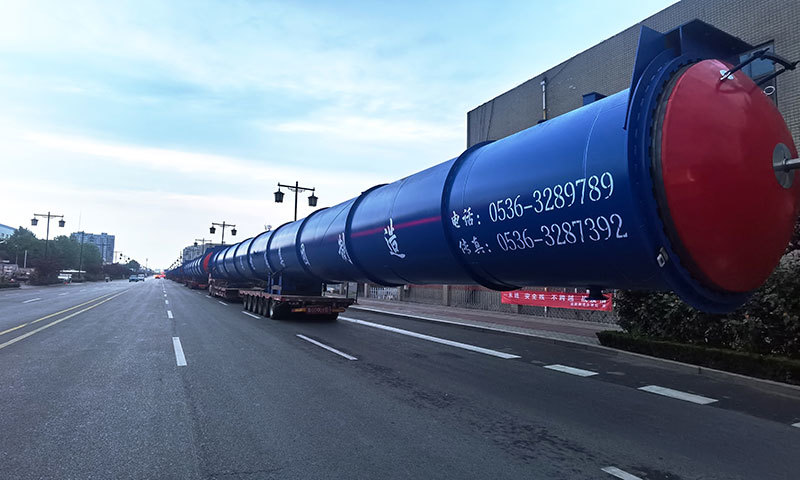Talking about the five challenges and four drivers of new energy development

2022/08/11
New energy has the characteristics of great resource potential, low environmental pollution and sustainable utilization, and will become an important energy source for the harmonious development of man and nature. At present, although the development of new energy in China faces many constraints, in the long run, the challenges faced by new energy in power grid construction, industrial policies, technology research and development, financing channels and carbon asset trading mechanisms are gradually turning into opportunities. In the future, the development of new energy will be driven by factors such as changes in energy structure, improved economics of new energy development, rapid development of smart energy and microgrids, and the impact of electric vehicle development on the traditional oil market, which will promote traditional energy oil and gas companies to cross-border to new energy.
With the acceleration of the global common governance of carbon dioxide emission reduction and the follow-up of technological progress and policies, my country's future new energy development will be affected by "energy structure changes", "new energy economic improvement", "smart grid and microgrid rapid development" and "electricity" The "Four Drivers" of Automotive Technology Development". In the future, the economy of new energy power generation will continue to improve. It is estimated that by 2035, the proportion of renewable new energy (including wind energy, solar energy, geothermal energy, biomass energy, excluding nuclear power and hydropower) in primary energy will increase from 2.9% in 2015. increased to more than 8.0%. Therefore, the rapid development of new energy after 2035 will have a certain impact on traditional oil and gas companies, and traditional oil and gas companies will face the problem of how to deploy in the development of new energy.
introduction
New energy has the characteristics of great resource potential, low environmental pollution and sustainable utilization, and will become an important energy source for the harmonious development of man and nature. At present, although the development of new energy in China faces many constraints, in the long run, the challenges faced by new energy in power grid construction, industrial policies, technology research and development, financing channels and carbon asset trading mechanisms are gradually turning into opportunities. In the future, the development of new energy will be driven by factors such as changes in energy structure, improved economics of new energy development, rapid development of smart energy and microgrids, and the impact of electric vehicle development on the traditional oil market, which will promote traditional energy oil and gas companies to cross-border to new energy.
1. The five challenges of new energy development are gradually turning into opportunities
New energy still faces many challenges in production, transmission, storage and consumption, but challenges are gradually turning into opportunities.
1.1 The development of the power grid is lagging behind and the priority scheduling mechanism of renewable energy is not perfect, but with the continuous advancement of the development of the microgrid, the opportunities for the development of new energy will be highlighted
At present, the contradiction between the overall planning of renewable energy development planning and power grid construction planning is more prominent. Due to the structural limitations of regional power grids and the lag in the construction of external transmission channels, the situation of power curtailment in areas with concentrated development of wind power and photovoltaic power generation has become more and more severe, resulting in resource-rich areas. advantages are difficult to achieve.
Many regions have not yet established a complete power operation mechanism to ensure the priority dispatch of renewable energy, and still adopt an evenly distributed annual plan for power generation. The phenomenon that the output of the renewable energy power generation system is limited is very serious. During the "Twelfth Five-Year Plan" period, the planning of China's power industry has not been determined due to the influence of major unresolved issues such as UHV construction. The time and space mismatch between the renewable energy development goals and the delay in the construction of power grid supporting facilities has led to "Large-scale, normal" electricity curtailment phenomenon of "abandoning wind and abandoning light". Coupled with the slowdown in economic development and insufficient power demand, new energy power generation has encountered an unprecedented crisis of power curtailment.
However, the continuous increase in national emission reduction and the rapid development of microgrids have a significant role in promoting the development of new energy, and the opportunity period for new energy development is coming. my country will peak carbon dioxide emissions around 2030 and strive to achieve it as soon as possible. In 2030, carbon dioxide emissions per unit of GDP will drop by 60% to 65% compared with 2005. The proportion of non-fossil energy in primary energy consumption will reach about 20%. Forest accumulation The volume increased by about 4.5 billion cubic meters over 2005. With the strengthening of my country's total CO2 emission control, the accelerated improvement of China's Certified Voluntary Emission Reduction (CCER) and carbon asset trading system will help accelerate the pace of new energy development. At the same time, the rapid development of microgrids represents the future energy development trend and is an innovative application of "Internet +" in the energy field. , the opportunities for new energy development are highlighted.
1.2 The lack of continuity and effectiveness of government subsidies will affect the development of new energy. With the continuous exploration and improvement of management methods, the effect and efficiency of subsidies will increase
The lack of continuity of government subsidy policies and the low subsidy efficiency will affect the development of new energy. First of all, the construction and operation of new energy is too dependent on policy subsidies. During the period of high economic development, the government will have more surplus funds for investment, which objectively promotes the development of new energy. During the economic downturn, it is difficult to support the development of renewable energy with limited funds. If the state finance gradually cancels the subsidies for new energy, it will be fatal to the development of new energy. In particular, the current price of traditional energy is generally declining, and the related technical and economical aspects of new energy are relatively at a disadvantage. After the national finance cannot continue to subsidize new energy, the development will face difficulties. Secondly, in the development of new energy, the government's subsidy policy has caused many enterprises to build and not use new energy facilities in order to obtain subsidies. In addition, there is a huge gap in renewable energy subsidy funds, and subsidy arrears are more serious. The photovoltaic on-grid tariff subsidy mainly comes from the renewable energy tariff surcharge. The current renewable energy surcharge is 1.5 cents/kWh, and the levy in 2015 is about 50 billion yuan. According to the project funding requirements of the subsidy catalogue, by the end of 2015, this part of the funding gap will reach more than 40 billion yuan.
With the continuous exploration and improvement of government management methods, the effect and efficiency of subsidies will be improved. In the future, with the continuous optimization of national new energy industry policies, continuous improvement of industrial supporting measures, increased support for scientific and technological innovation, and breakthroughs in key technologies of the new energy industry chain, new energy enterprises will gradually shift from relying on government subsidies for profit models to relying on technological progress. , Cost reduction to obtain operating benefits. At the same time, with the continuous improvement of the renewable energy subsidy policy and the simplification of subsidy declaration procedures, this will improve the timeliness of subsidy issuance, facilitate the smooth flow of funds for power generation enterprises, reduce financial costs, and promote technological innovation, technological transformation and upgrading of enterprises.
1.3 The development of downstream new energy vehicles faces the double bottleneck of technical defects and poor revenue, but technological progress will effectively break through the bottleneck.
The innate technical difficulties of electric vehicles cannot reach the level of replacing oil and gas. In extremely cold and hot climates, electric vehicles lack weather resistance compared with fuel vehicles. Especially when the temperature drops to minus ten degrees, electric vehicles cannot be driven, and technically they cannot replace oil and gas.
Poor earnings and lack of economy are the biggest bottlenecks in the development of new energy vehicles. The construction of charging and swapping facilities in domestic energy companies started early. However, due to the generally poor revenue from charging and swapping business, it is difficult to promote the expansion of new energy charging and swapping facilities on a large scale. At the same time, in terms of replacing traditional fuel vehicles with electric vehicles, the investment in electric vehicles is far higher than that of fuel vehicles, which is not economical, and there is also the problem of capacity reduction caused by charging and replacing batteries.
Advances in battery technology in the future will make up for the bottleneck in the development of new energy vehicles. In the short term, the focus of electric vehicle technology development is to extend the driving range and reduce the number of charging times by expanding the battery capacity and increasing the number of batteries. In the long run, the gradual improvement and mass production of new battery performance will gradually replace the current lithium battery. For example, the imide lithium battery that is being developed uses silicon instead of graphite as the anode material, which greatly improves the battery capacity, performance and service life, and is expected to replace the current lithium battery technology on a large scale. At the same time, Japanese and American scientists are improving the performance of batteries such as aluminum, magnesium, and sodium.
1.4 Financing difficulties seriously restrict the development of new energy companies, but the rapid development of green finance is expected to become an "economic lever" to stimulate the development of the new energy industry
The high financing cost makes the cost of new energy enterprises in my country high, which greatly erodes the profits of enterprises, and severely restricts the technological transformation and industrialization of new technologies in the manufacturing industries such as wind power and photovoltaics. First, some financial institutions have generally tightened credit financing in view of the high non-performing loan ratio of new energy companies. Second, my country's key new energy companies have lost their ability to raise funds in overseas capital markets. Taking photovoltaic companies as an example, although most of my country's key new energy companies are listed overseas, they are not "optimistic" by foreign investors due to their low profitability, industry consolidation and foreign trade disputes, and lack of competitiveness in overseas capital markets. Basically lost the ability to raise funds in overseas capital markets. Third, domestic financing costs in my country are relatively high. According to the survey statistics, the financing cost of most photovoltaic enterprises in my country is about 8%, and some enterprises are even as high as 10%, while the overseas financing cost is mostly about 3% to 5%.
At present, the green finance era of "energy + finance" has arrived, and it will become an "economic lever" to stimulate green industries in the future. It is expected that during the "13th Five-Year Plan" period, the green financial industry will become a new bright spot in the development of the financial industry. The benefits of policy dividends, market demand, and capital boosting will drive industrial investment of 8 trillion to 10 trillion yuan. As one of the typical capital instruments, green bonds provide financial institutions and green enterprises with a new and lower financing channel.
1.5 The lag in the development of my country's CDM mechanism makes it difficult to realize the value of carbon emission reduction of new energy. However, with the establishment and improvement of China's Certified Voluntary Emission Reduction (CCER), the green value of new energy will be further promoted.
Although my country actively promotes the development of CDM projects, its development is faced with many uncertainties, which makes it difficult to realize the value of carbon emission reduction of new energy, and it is difficult to promote the rapid development of green industries. First of all, CDM registration is difficult. The operation process of a typical CDM project is complicated, and it needs to go through domestic approval, international registration and issuance. The lengthy approval process requires a lot of personnel and capital investment. Secondly, the carbon trading system is missing. Although China occupies a large share in the international carbon market, due to the backward development of carbon capital and carbon finance in my country, a complete carbon trading system has not been formed, and there is a lack of mature carbon trading laws, systems and carbon trading market mechanisms. The market and the lower end of the carbon value chain have no say. Once again, there are huge uncertainties in the future development of CDM. The effective deadline for the first commitment period of the Kyoto Protocol is December 31, 2012. Since 2013, countries around the world will no longer be restricted by it. In addition, due to the current economic downturn in developed countries, the operating load of enterprises is relatively low, and carbon emissions are relatively low. The demand for indicators has declined, and the willingness to purchase carbon emission indicators from developing countries has been weakening, which has brought great uncertainty to the development of CDM.
The rapid development of China's CCER mechanism has become the main mechanism for carbon asset trading in my country's enterprises in the future, and has a very important role in promoting the development of new energy. Since my country issued the voluntary greenhouse gas emission reduction measures in June 2012, in January 2015, China's national voluntary emission reduction and emission rights trading registration system was launched, and CCER began to enter the pilot carbon market as a trading target. In terms of the accumulation of carbon assets, as of June 30, 2016, there were a total of 2,198 approved projects announced on the China Voluntary Emission Reduction Information Platform, of which 725 were registered with the National Development and Reform Commission, and 179 projects had their emission reductions certified by a third party. It can generate more than 80 million tons of CCER spot; from the perspective of project type, the CCER development of renewable energy power generation projects such as wind, hydropower, photovoltaic and biomass is relatively fully developed. In terms of carbon asset trading, as of July 2017, a total of 9 trading institutions across the country have carried out CCER trading business. Among the 7 pilot carbon markets that have launched CCER trading, a total of 64 million tons of CCER were traded in 2016. The CCER mechanism will gradually replace the CDM mechanism and become the main mechanism and venue for carbon asset trading in my country in the future. CCER and new energy will promote and interact with each other. The development and utilization of new energy can create a lot of CCER assets, and the transaction of CCER assets will The availability of new energy development funds will effectively promote the realization of the emission reduction value of my country's new energy enterprises and accelerate the development of the new energy industry.


